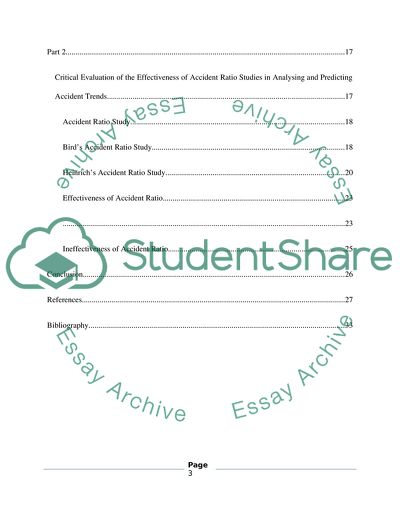Cite this document
(Importance of Human Health and Safety in Workplace Term Paper, n.d.)
Importance of Human Health and Safety in Workplace Term Paper. https://studentshare.org/environmental-studies/1793707-health-and-safety
Importance of Human Health and Safety in Workplace Term Paper. https://studentshare.org/environmental-studies/1793707-health-and-safety
(Importance of Human Health and Safety in Workplace Term Paper)
Importance of Human Health and Safety in Workplace Term Paper. https://studentshare.org/environmental-studies/1793707-health-and-safety.
Importance of Human Health and Safety in Workplace Term Paper. https://studentshare.org/environmental-studies/1793707-health-and-safety.
“Importance of Human Health and Safety in Workplace Term Paper”. https://studentshare.org/environmental-studies/1793707-health-and-safety.


